
NEW In!
PURE-Matte Light TaupeShopping cart
Your shopping basket is empty
Yoga
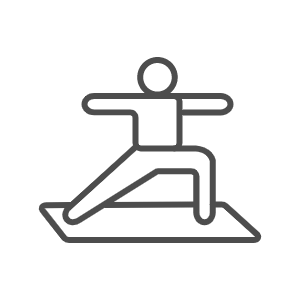
Meditation
Sets & Bundles
The positive effects of yoga are well known: Whether classic Hatha Yoga or Vidya Yoga, there are many styles that you can use to do something good for your body. Female yogis in particular can benefit from one variant: hormone yoga. The concept, developed by Dinah Rodrigues, helps, among other things, women going through the menopause to regulate the hormone system. You can find out who these special yoga exercises are good for, how hormone yoga works and much more here.
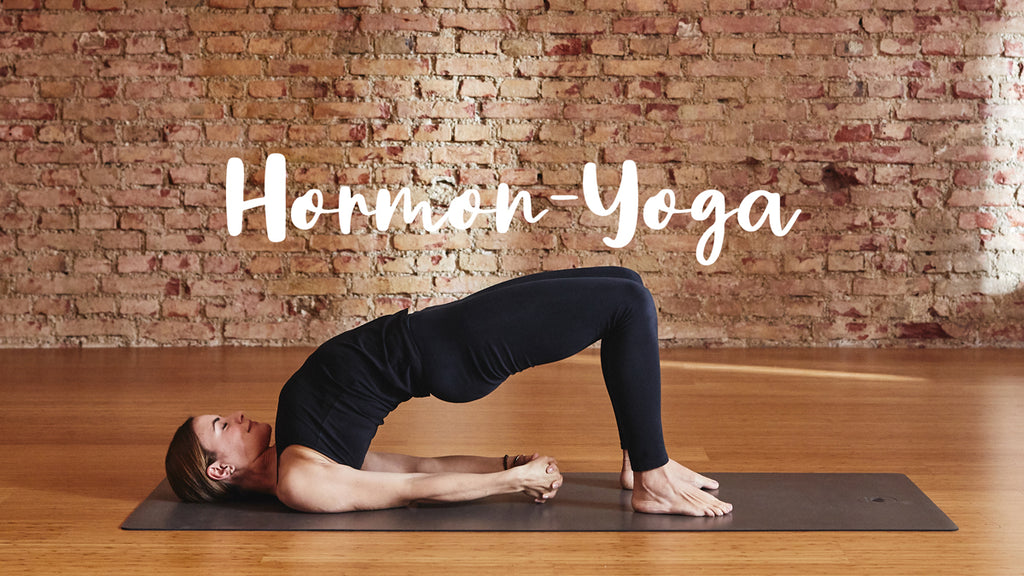
The endocrine system plays an important role in health. Hormones are messenger substances that are produced by glands and trigger certain reactions in the body . The hormones reach their place of action either via the blood or are used directly at the source.
On the one hand, the pituitary gland is important, since it is, so to speak, the control center between the brain and hormones. In other words: There, sensory impressions, but also feelings, are converted into chemical signals. On the other hand, the sex glands also play a major role. So how does yoga come into play?
The active principle of hormone yoga is quickly explained. By stimulating the production of certain hormones, the hormonal balance remains in balance . You feel fitter and more balanced overall.
Instead of using artificial hormone therapies, you can use hormone yoga to support the functions of your own body in a completely natural way . Yoga always consists of the same series of exercises and combines elements from different styles.
Yoga is always meditation to a certain extent. And with this relaxation technique, the pituitary gland can be positively influenced . In concrete terms, this means that certain hormones, which are particularly important for our well-being, are increasingly released. These include:
All of these hormones are only continuously produced until about the age of 35. However, through regular meditation you can ensure that the hormone balance remains balanced afterwards.
In principle, hormone yoga is suitable for most women over the age of 35 . At a glance, this means that this yoga is particularly recommended for:
However, there are also some exceptions where hormone yoga should be avoided . If one of the following conditions applies to you, you should rather avoid it:
A unit of hormone yoga is divided into three phases . With energetic movements you warm up so as not to hurt yourself during the exercises.
Then you can start with the combination of asanas, breathing and energy management. Hormonal yoga is about directing this energy (prana) through breathing and visualization to specific endocrine glands .
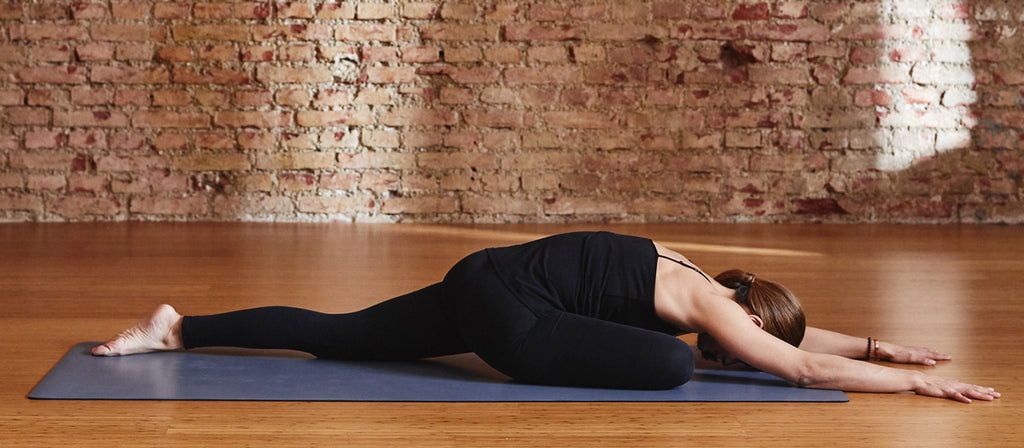
In the pigeon, the buttocks and hip muscles are stretched, allowing energy to be directed into the ovaries.
Hormone Yoga is a holistic system . The immune system and the circulatory system also benefit from the exercises, but yoga should be practiced for half an hour every day to be really effective.
Four basic techniques work together in hormone yoga:
The “Bellows” (fire breathing) is a powerful breathing exercise. It releases a lot of energy in the body and ensures that the internal organs are gently massaged. You simply push your stomach forward as you inhale and consciously contract it as you exhale.
This is also a breathing exercise: you breathe in and out through the glottis. The thyroid is massaged and you relax.
This is what is called conscious muscle tension, with which body openings are closed and the energy can be directed to a specific location.
Hold your breath and put all your concentration on the tip of your nose. The concentrated energy rises from the spine and you can actively direct it to a gland. Only then do you exhale slowly.
If you want to try hormone yoga, you can start with the following exercises:

From Downward-Facing Dog, inhale and place your right foot between your hands. Use Fire Breath 7-15 times, then direct the energy to the right ovary. Cross over the dog to the left side.
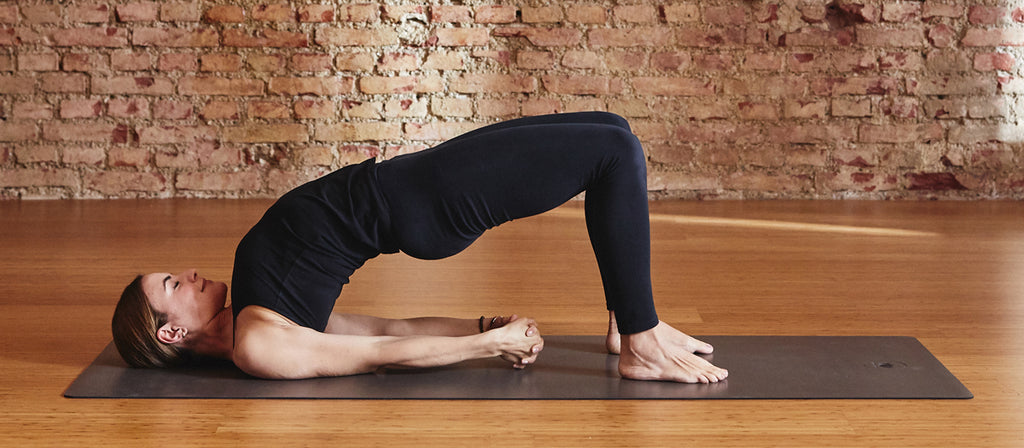
Lie on your back with your feet hip-width apart and bend your legs. Slowly lift your pelvis and chest off the floor as you inhale and lower back down as you exhale. Repeat the movement seven times, then in the shoulder position, use the bellows breath and direct the energy to the thyroid.
Other exercises are, for example, the twist seat , the half shoulder stand or the head-knee seat . You see: With hormone yoga you can promote several areas in the body, become more balanced and healthier - and all this completely naturally.
If you would like to find out more about other yoga styles and need tips on exercises , you will find our main articles on the different types of yoga here:
- Bikram yoga
- acroyoga
- power yoga
- Kundalini Yoga
- Iyengar Yoga
- Jivamukti Yoga
- Ashtanga yoga
- hormone yoga
Are you still at the very beginning of your yoga path and don't really know which style you want to try? Here you will find an overview of all known yoga styles and a flow chart that can make your decision a little easier. Have fun trying it out!
Is your yoga mat your place of power? Your holy realm, where you come to rest and recharge with new energy? Then make sure that you give your "hol...
Continue reading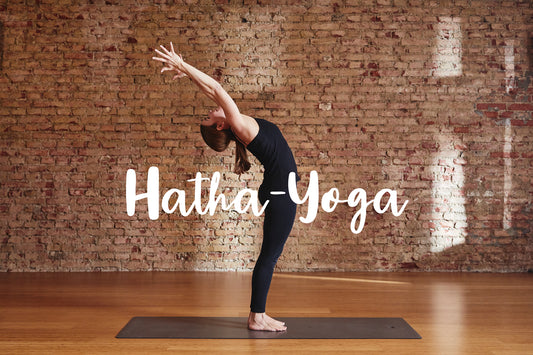
There are many different styles of yoga, but hardly any is as well known as hatha yoga. This style includes, but is not limited to, the sun salutat...
Continue reading